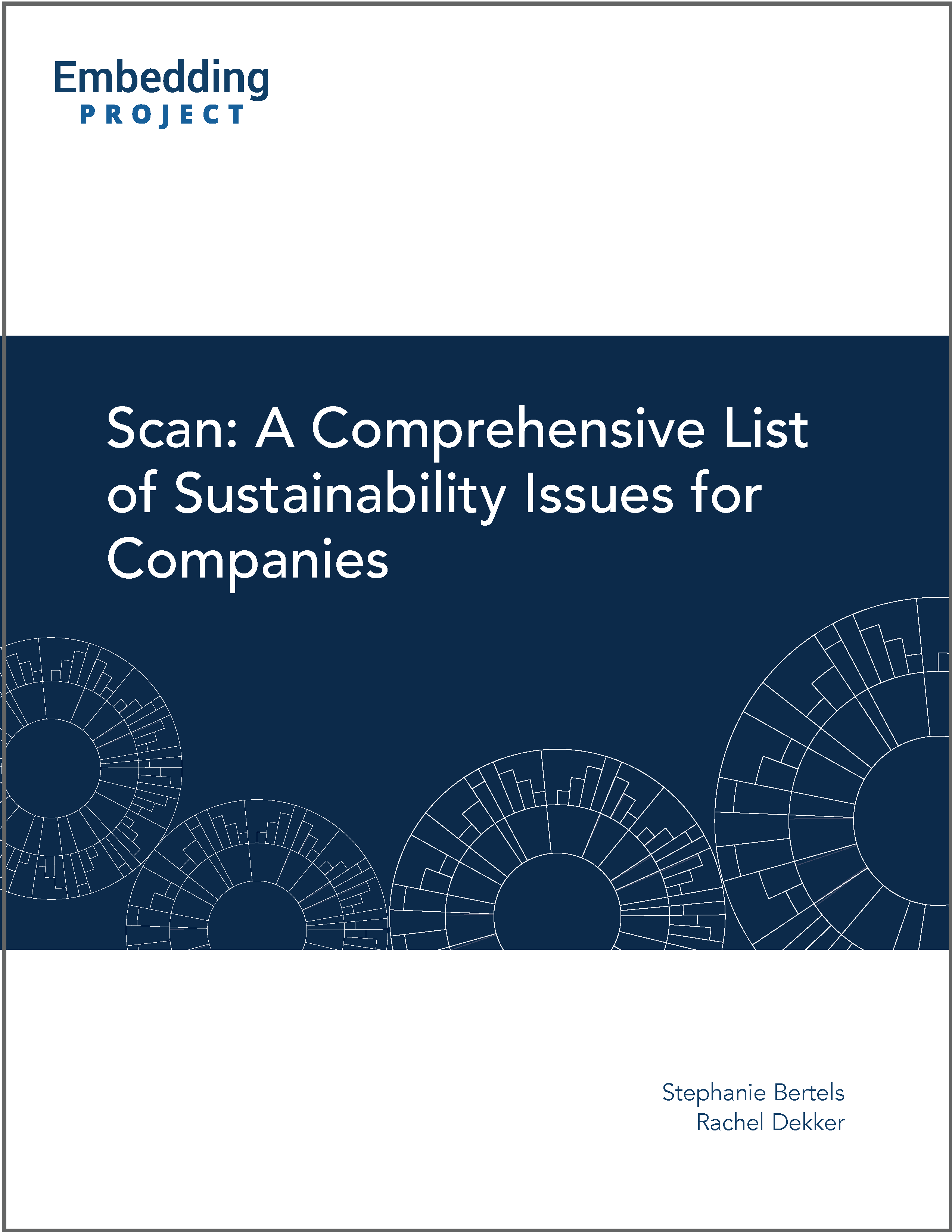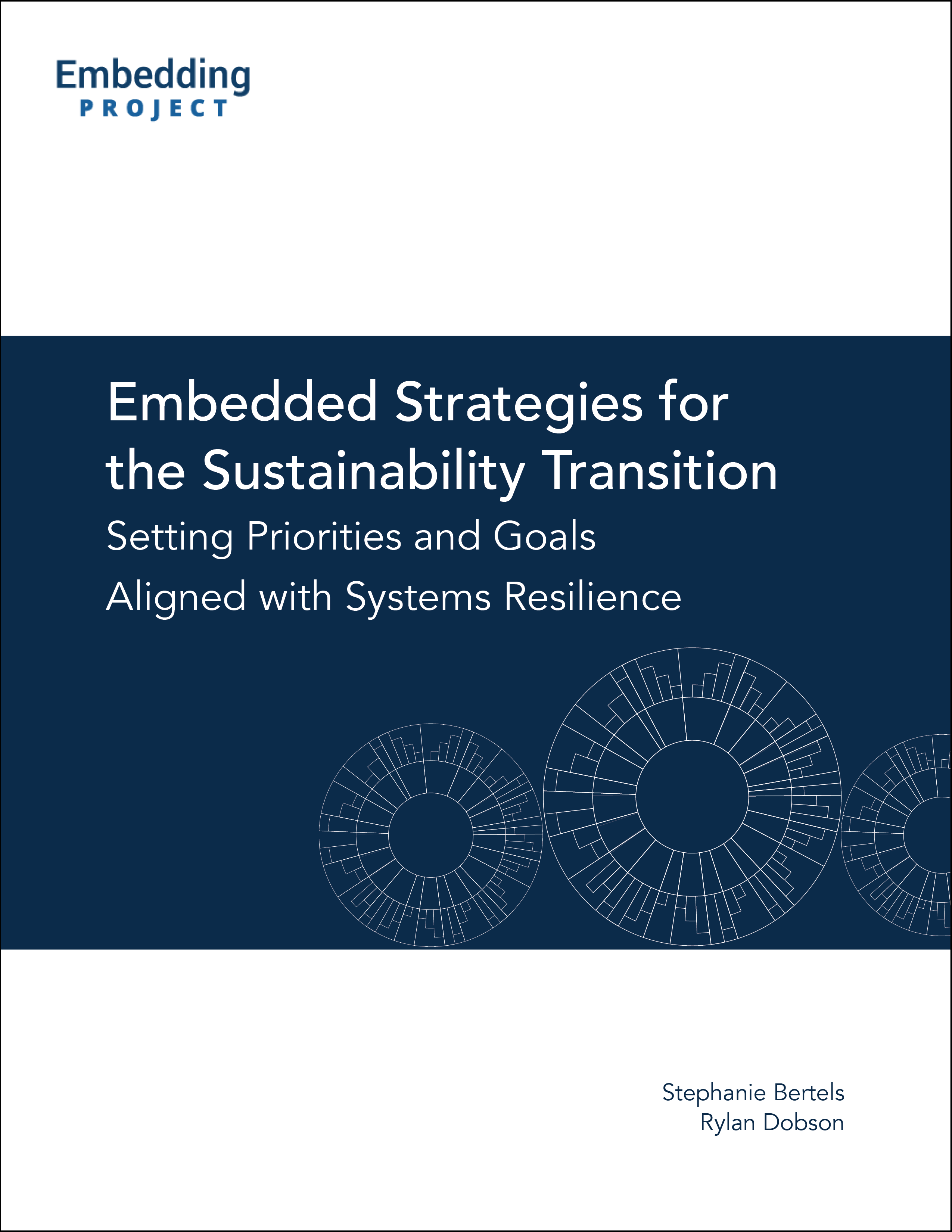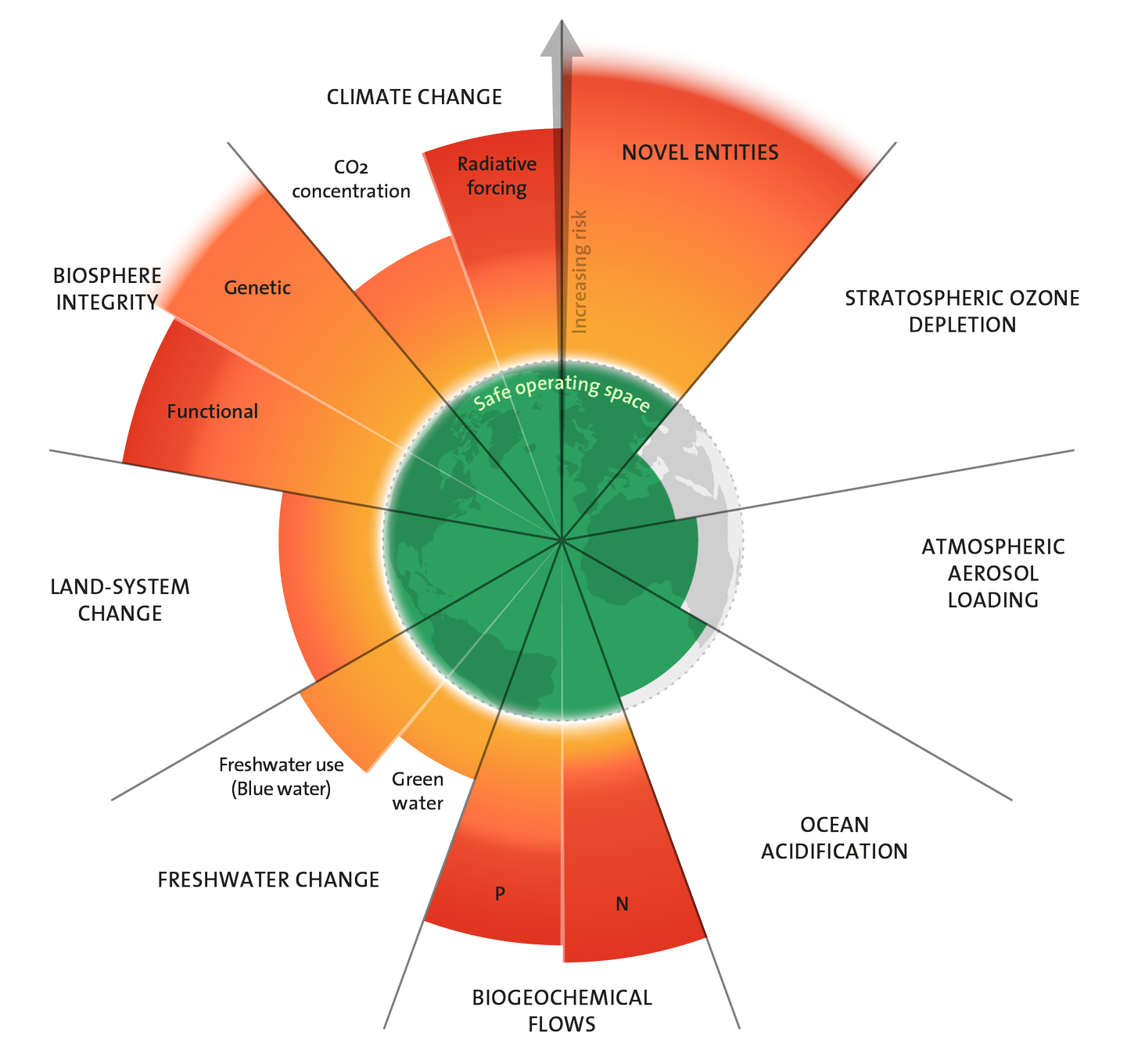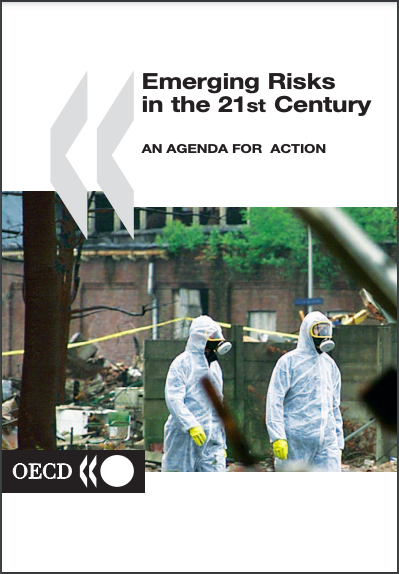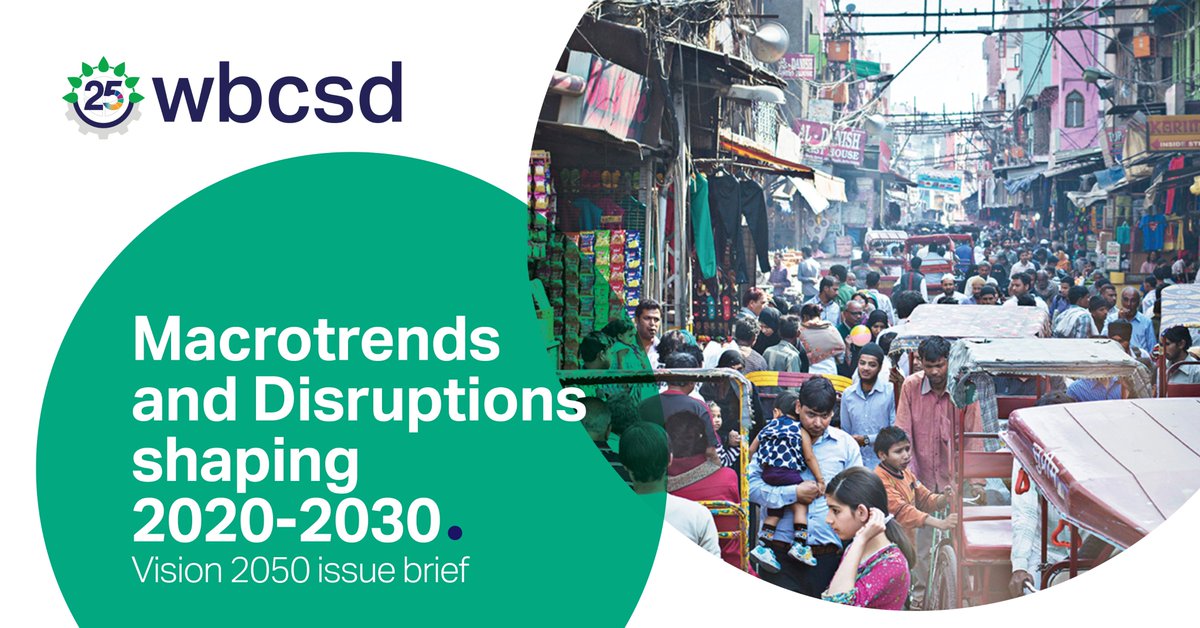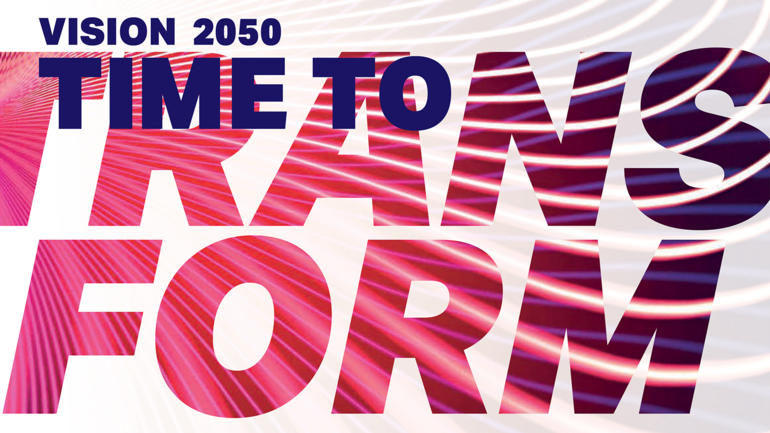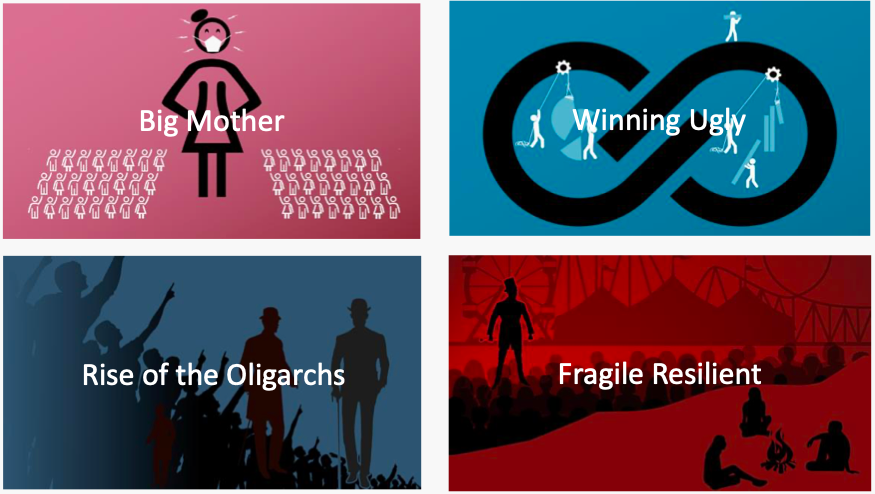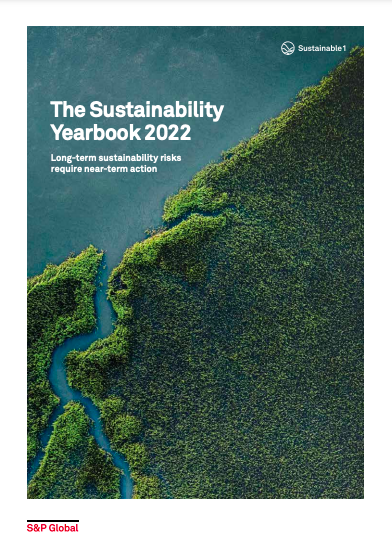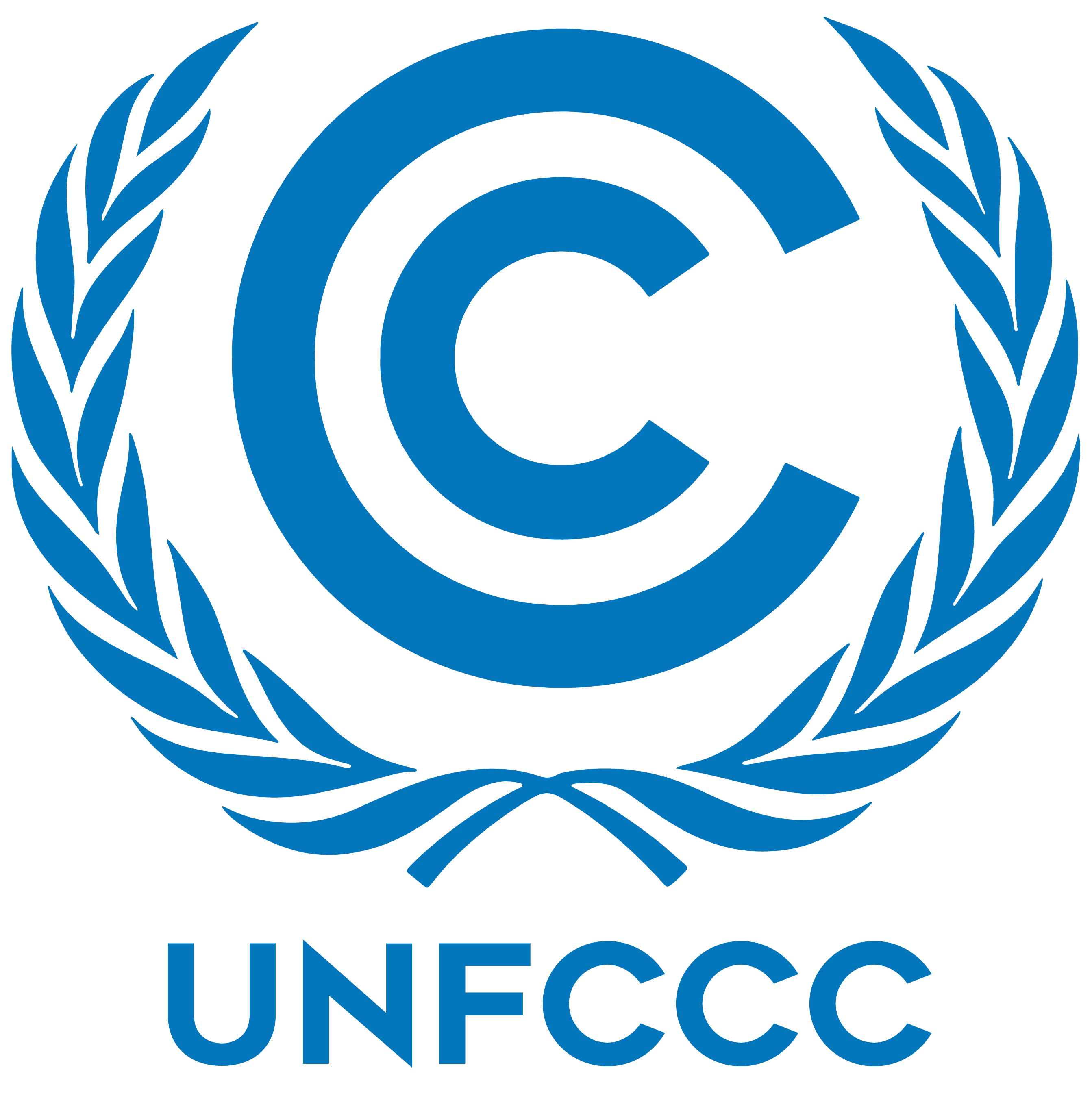Scan
Description
These resources will help you to identify a set of social and environmental issues that are, or may become, particularly relevant to your organisation by building an understanding of external information, underlying trends, and how they apply to your unique operating context.
Share this Practice on:LinkedIn
Resources
Guiding Strategy
Scan: A Comprehensive List of Sustainability Issues for Companies
More companies are becoming interested in understanding how environmental and social factors may impact their business and what impacts their business may have on these issues. This guide provides a comprehensive list of emerging environmental, social, and governance issues, to help you reflect on your company’s impacts and identify where to prioritise action and allocate resources.
Embedded Strategies for the Sustainability Transition
It is time for companies to take a very different approach to corporate strategy.
Our new Embedded Strategies guide helps companies respond to the growing calls for businesses to articulate their purpose and their strategy in alignment with the need to shift the global economy towards the reduction of inequality, a rapid climate transition, the preservation of biodiversity, and the elimination of waste.
This guide will help you to develop a contextual strategy and goals that ensure your company is doing its part to maintain the resilience of key social and environmental systems.
Building on our Road to Context guide with insights from 300+ interviews with senior executives, CEOs, board chairs, and directors, as well as our experiences supporting companies around the world, it outlines resources and tactics that can help your company to scan for emerging issues and risks; understand their implications for your business; understand your impacts and your potential for positive influence; prioritise where it makes sense to direct your efforts; and set your strategy and goals in alignment with delivering systems value.
ENCORE (Exploring Natural Capital Opportunities, Risks, and Exposure)
ENCORE (Exploring Natural Capital Opportunities, Risks, and Exposure), a free tool from the Natural Capital Finance Alliance, can help you to visualise how your business may be exposed to accelerating environmental change. The tool provides a snapshot of the dependencies and impacts for a wide range of sub-industries and processes, and includes fact sheets and maps to help you understand the links between business activities and nature.
CEO Guides
The WBCSD has published a number of CEO Guides to provide a high-level overview on the risks and opportunities of corporate sustainability issues. These guides focus on topics such as human rights, water, climate-related financial disclosures, the SDGs, climate action, and the circular economy, and will support executives at your company with understanding key themes and trends, aligning business strategy with critical societal and environmental agendas, and developing and implementing meaningful, credible goals.
SDG Compass
The SDG Compass aims to provide guidance to companies to help align their strategies and measure their contributions to the Sustainable Development Goals. This guide, Step 3 (setting goals), focuses on setting specific, measurable, and time-bound corporate sustainability goals across the organisation.
Systems Change Lab
This open-source data platform monitors global progress across major social and environmental systems and identifies transformational shifts needed to protect both people and the planet. The platform uses an interactive visual to highlight progress against climate, biodiversity, and equity targets (among others) and identifies the key forces that are driving positive and negative impacts on each topic. The platform identifies indicators that can show where change momentum is growing and waning, and features a dashboard that shows how systems connected and highlights where coordinated action is most needed. This tool is a good entry point for junior change agents, executives, and other professionals who want to build their understanding of interrelated natural and social systems and the trajectory of actions affecting them.
Good practices for credible benchmarking
ISEAL has created several guides that can help you to ensure the quality, consistency, transparency, robustness, and alignment of benchmarking processes. The Sustainability Benchmarking Good Practice Guide introduces a framework and practical set of good practices for organisation's that want to carry out a benchmarking exercise or develop a benchmarking program. Rather than propose specific criteria or requirements to be used in a benchmark, the guide sets out considerations that can help you to create a benchmark development process that meets your company's specific needs. ISEAL has also created a complementary checklist to support these efforts.
The Global Sustainability Competitiveness Index
This index from Solability provides a comprehensive ranking of national sustainability. Using data from the World Bank, the International Monetary Fund, and various other UN agencies, the index groups 131 quantitative indicators into five sub-indexes: Natural Capital, Resource Efficiency & Intensity, Intellectual Capital, Governance Efficiency, and Social Cohesion. This is a good resource for helping you to understand how sustainable a country is, both as an individual and against peers, and for helping you to make informed decisions around siting operations and procurement.
The Future of Sustainability 2023: Courage to Transform
This annual report from the Forum for the Future can help you better understand how business can build resilience to the climate crisis. The 2023 report outlines four different scenarios for the future and highlights key practices that businesses can adapt or adopt to transform and lead change through crises. This report will be useful to business leaders and change-makers seeking to build business resilience in the face of intersecting crises.
SDG Stocktake: Through the Eyes of the Private Sector
This illustrative report from the UN Global Compact can help you understand the private sector’s net impact on the Sustainable Development Goals (SDGs). It weighs the private sector’s overall positive economic impacts against negative social and environmental impacts, providing an impact overview for each of the 17 goals. It also outlines a private sector blueprint for action by 2030, which includes ten cross-sector actions that businesses can follow to advance the SDGs. The report will be most useful to sustainability teams, especially in organisations that have emphasised SDG alignment in their sustainability reporting and strategy.
Carrots & Sticks: ESG & Sustainability Policy worldwide
This policy database from GRI and partner universities can help you understand the sustainability policy landscape of countries around the world. It covers the voluntary and mandatory policies of 130 countries, and provides a brief analysis for each policy, including restrictiveness, focus areas, and alignment with the SDGs and GRI. Carrots & Sticks also provides an annual report, which examines ESG & sustainability policies and highlights those issuing them. This tool will be most useful to sustainability and legal departments.
Future Trends
Earth beyond six of nine planetary boundaries
The latest update to the Planetary Boundaries framework finds that six of the nine boundaries are transgressed, with suggesting that Earth is now well outside of the safe operating space for humanity. This is the third major assessment of the planetary boundaries framework, and is the first to provide a complete check-up of all nine processes and systems that maintain the stability and resilience of our planet. This is a key resource for helping sustainability change agents and senior leaders understand the status of environmental limits and ecosystem services foundations that humanity depends upon for survival.
World Economic Forum 2024 Global Risks Report
This report goes beyond identifying key global risks (extreme weather events, misinformation and disinformation, biodiversity loss and ecosystem collapse, etc.) to considering the interconnections between them, and speculating on how they may play out in the near future. This may help you in thinking through what these large-scale systemic risks might mean for your organisation.
Welcome to the Great Unraveling: Navigating the Polycrisis of Environmental and Social Breakdown
Human activity - and predominantly the global economic system - is now the prime driver of change in the Earth's natural systems and cycles. The "Great Acceleration" in human activity, beginning with the industrial revolution in 1750, has led to significant increases in energy use, material use, population growth, and GDP growth. As a result, it has also led to significant increases in atmospheric greenhouse gas concentration, pollution, ocean acidification, deforestation, nature loss, and inequality. Thought leaders have introduced the term polycrisis to refer to the tangles of global environmental and social dilemmas that are accumulating, mutually interacting, and worsening.
This report from the Post Carbon can help you gain a deeper understanding of what it means to grapple with interconnected and intensifying sustainability crises. It highlights the pace, scale, and scope of disruption we can expect as social and environmental systems breakdown, and emphasises the need to address complexity and uncertainty head on. It also explains the importance of enabling solidarity between people, organisations, and nations, and outlines what you can do to develop your psychological resilience and build local community resilience. This expansive and challenging report is intended for all, but may be especially impactful for boards and senior leaders.
Emerging Risks in the 21st Century: An Agenda for Action
This publication from the OECD provides a cross-sectoral analysis of systemic risk management in the 21st century. The report provides a comprehensive explanation of systemic risks; examines the trends and driving forces shaping the risk landscape in the coming decades; explores the implications of systemic risks such as natural disasters and infectious diseases on societies and economies; and provides recommendations for assessing, preventing, and managing the impacts of emergent systemic risks. Although this report was first published in 2003, it remains one of the best resources for helping sustainability practitioners and other change agents become subject matter experts on systemic risk.
Tipping Elements - big risks in the Earth System
This article from the Potsdam Institute for Climate Impact Research (PIK) can help you understand the climate tipping elements in the earth system. It explains what a tipping element is and maps out sixteen of them geographically, including the abrupt thaw of the boreal permafrost; the slowdown of Atlantic ocean currents; and the decline in key ecosystems, such as the dieback of the Amazon rainforest. The article explains each tipping element; the tipping process; the estimated temperature at which it will happen; how long it will take; and what the impact will be. These concise descriptions of climate tipping elements provide a valuable baseline understanding of the climate system for all sustainability professionals and decision-makers.
Macrotrends and Disruptions shaping 2020-2030
This report from WBCSD takes a longer-term perspective on general themes and potential shocks that will shape economies, politics, and social systems and conditions in the coming decades. In addition to a set of macrotrends (demographics, technology, culture, etc.) that businesses and industry will need to prepare for, this report includes "wildcard" disruptions that could materialize, such as protest-driven regime changes and a global Green New Deal, which may shed light on critical (and often overlooked) issues.
Vision 2050: Time To Transform
This ambitious report from WBCSD outlines many of the most pressing issues facing humanity and will help you to understand the scope and scale of the transformative changes required to enable over 9 billion people to live within the boundaries of social and environmental systems. A refresh of a report released a decade prior, Vision 2050 provides a glimpse of a credible and equitable future that industries can help to create. The report traces out the transformative action required through nine frames of reference (energy, transportation & mobility, health & wellbeing, food, etc.); explains why a mindset shift is crucial; and spells out the ways in which systems thinking will will support this shift.
The Futures Centre
This platform by Forum for the Future will encourage you to engage in futures thinking and to navigate complexity and disruption in a non-linear world. It features a blog, curated resources, and an annual report that enables you to explore, track, and share signals of change around sustainability issues. This resource will be most useful to sustainability practitioners seeking to stay up to date on ideas and examples for how to transition to a regenerative future.
The 2023 Interconnected Disaster Risks Report
This report from the United Nations University Institute for Environment and Human Security can help you understand the tipping points of interconnected global risks. The report analyses six interconnected risks, representing immediate and increasing risks across the world: accelerating biodiversity extinctions, groundwater depletion, mountain glacier melting, space debris, unbearable heat, and an uninsurable future. The report explains the drivers of these tipping points, their root causes and interconnections, current and future impacts, and key we need to make to avoid (or adapt to) these risks. This report will be most useful to enterprise risk and sustainability teams.
The Next Steps for Sustainable Business: 2024 Annual Trends Report
This 2024 trends report from the ERM Sustainability Institute unpacks key sustainability trends and corporate responses across ten categories, including ESG backlash from governments and the evolving geopolitical landscape. Based on extensive research and interviews with subject matter experts, the report is significantly informed by the global shift toward mandatory sustainability disclosures; the breakthrough of nature-related reporting and the launch of the final framework of the Taskforce on Nature-related Financial Disclosures; and the strong (and growing) commitment of investors and companies to sustainability. This resource is a good primer for sustainability change agents, and pages 4-8 provide a comprehensive summary that will benefit leaders in particular.
Our COVID future: The Long Crisis scenarios
COVID-19 has impacted billions of lives and futures, as well as trillions of dollars across the economic spectrum. Every industry has been forced to take a step back and reassess long-term plans, but this is difficult to do when so much remains in flux. Local Trust and the Long Crisis Network have created four scenarios about different futures, with a specific focus on two drivers of change: collective action versus polarization, and centralized responses versus distributed ones. These scenarios will help you challenge your thinking and expectations on the near-future implications of COVID on strategic decision-making and reveal opportunities for influencing positive change.
Our Future on Earth 2020
This comprehensive report from Future Earth will help you to connect the dots between what society is currently experiencing - from food shortages to forced migration and the rise of populism - with recent developments in the research community, and will support you with connecting your company's "story" with emergent and salient issues. Combining up-to-date research with information on recent world events, the report provides a snapshot of our world at the start of 2020 and explores what is required for the global community to achieve the conditions necessary for long-term prosperity.
A new economy: Exploring the root causes of the polycrisis and the principles to unlock a sustainable future
This new report from EY can help you to understand the factors that are driving the global polycrisis. The report prefaces with a high level primer of the social, ecological, and geoeconomic crises we face. It then explains the interconnected, systemic flaws in our economic system that are driving the polycrisis and introduces five guiding principles that can help us transition to a new economy. This is a good resource for leaders that want to build a better understanding of the choices that we as a global society need to make in order to increase the pace and scale of action needed.
Other Resources
Future-Fit Business Benchmark
The Future-Fit Business Benchmark is a free open-source tool grounded in systems science, and is designed to help companies assess where they are relative to necessary levels of environmental and social performance. The Benchmark includes an Action Guide and Methodology Guide that outline categories of positive environmental and social impacts and help companies articulate and quantify their unique contributions in a consistent framing (Positive Pursuits). It also describes areas of environmental and social footprint that represent risk areas to businesses and external stakeholders until they are addressed (Break-Even Goals). The Benchmark guidance also aligns with the UN SDGs. By using Future-Fit's guidance and metrics, companies can clearly understand and credibly communicate their contribution to the SDGs.
The Sustainability Yearbook 2022
With 61 industries and 7,554 companies assessed; 140,136 documents uploaded; and over 13.4 million data points collected, the Sustainability Yearbook 2022 leverages data from the Corporate Sustainability Assessment (CSA) to highlight sustainability topics and share industry insights. This yearbook is an excellent resource to gather an understanding of industry trends and sustainability leaders by industry and region.
Corporate Human Rights Benchmark
The Corporate Human Rights Benchmark (CHRB) assesses the corporate human rights policies, governance, processes, due diligence, remediation, and transparency of large, publicly traded companies, as well as their responses to allegations of human rights abuses. The related sector methodologies currently cover the apparel, automotive manufacturing, extractives, food and agricultural products, and ICT manufacturing sectors, but provide helpful insights into what’s considered leading practice no matter what sector your company operates in.
Nature Benchmark
The Nature Benchmark measures and tracks corporate performance towards a nature-positive future and ranks keystone companies on their efforts to protect biodiversity and the environment. Created by the World Benchmarking Alliance, the benchmark provides publicly available, evidence-based insights into how the world's most influential companies are contributing to the preservation and regeneration of nature. The Nature Benchmark specifically reviews the policies and practices of companies spanning a range of industries with a particularly significant impact on nature: metals and mining; food and agriculture; construction and engineering; construction materials and supplies; containers and packaging; paper and forestry products; pharma and biotech; tyres and rubber; apparel and footwear; and chemicals.
Climate Action Pathways
First launched in 2019 by the UN's Framework Convention on Climate Change, the Climate Action Pathways set out sectoral visions for achieving a 1.5° C resilient world in 2050. Pathways are a living document, and will provide you with an up-to-date road map of the interim actions and key impacts needed by 2021, 2025, 2030 and 2040 to achieve the 2050 vision.
The Pathways are divided into executive summaries and action tables that cover thematic areas linked to climate change, such as energy, industry, land use, transport, and water, as well as cross-cutting themes like resilience. The summaries provide a vision of the future, summarising the needs - and milestones - for system transformation and progress to date, whereas the action tables highlight specific time-bound actions that businesses (and other relevant stakeholders) can take to deliver on 2050 vision.
Five Insights for Avoiding Global Collapse: What a 50-Year-Old Model of the World Taught Me About a Way Forward for Us Today
Published by MDPI, this book from Gaya Herrington can help you to put today's key social and environmental challenges into perspective. Rooted in rigorous research and analysis, Herrington suggests that growth will halt within the next few decades as social and environmental systems breakdown, threatening global collapse unless transformational action is taken. Applying a systems-thinking lens, the book explains how the pursuit of economic growth is the key driver of our polycrisis; explains the need to develop a new narrative that shifts away from infinite economic growth; and explores how this new narrative can be put into practice. The insights offered in this book are applicable to all, but are essential for sustainability practitioners and senior leaders guiding the future of business.
Share this Practice on:LinkedIn
